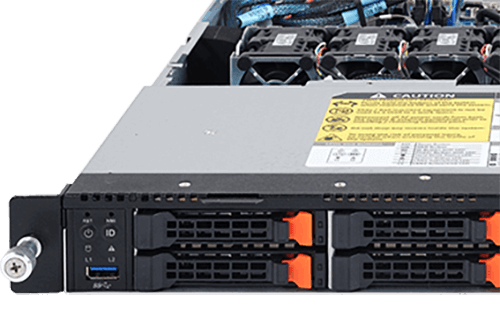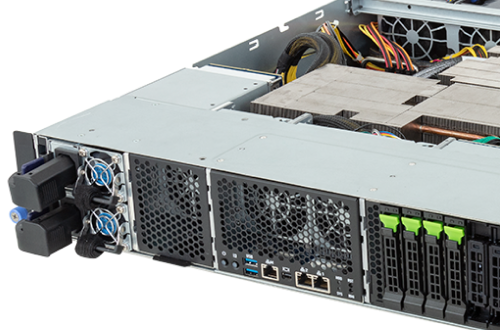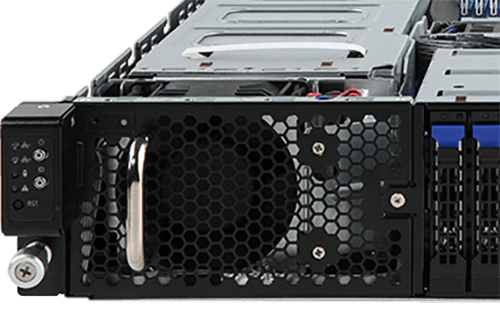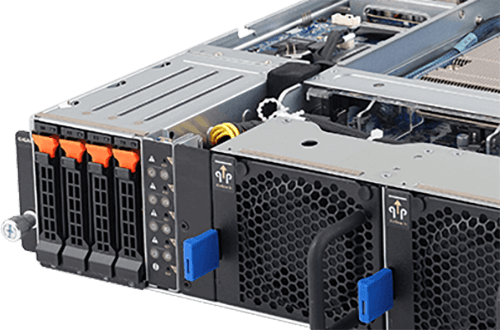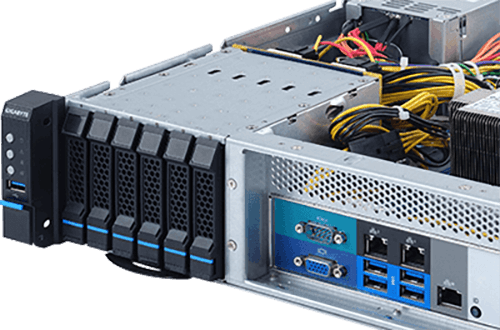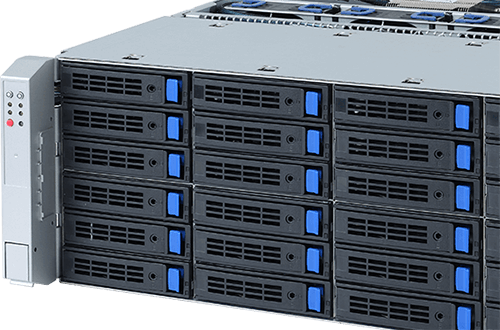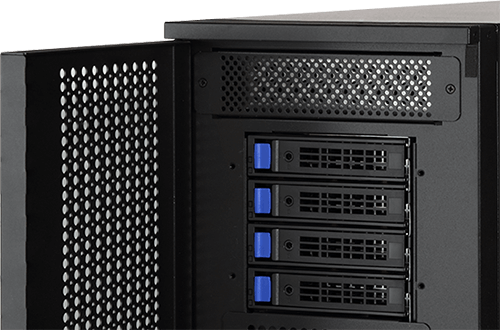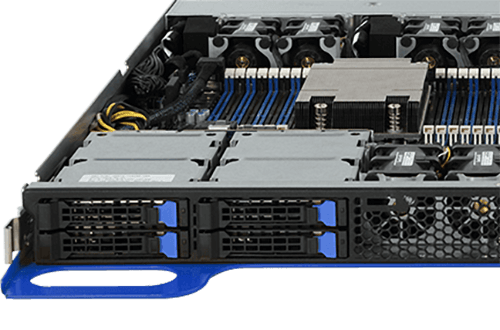SDN (Software Defined Networking) | 軟體定義網路
What is it?
In traditional networking, the control plane (devices that manage network traffic) and the data plane (routers and switches that forward network traffic) is combined together in integrated hardware and software. Software Defined Networking (SDN) brings the concept of virtualization (software abstracted from hardware) to networking, by separating and virtualizing the control plane from the data plane. The network can then be intelligently and centrally controlled, or ‘programmed’ using software applications. These applications may be for common networking functions, such as for traffic engineering or security, and multiple network services can be consolidated onto one common hardware infrastructure.
Why do you need it?
Perhaps the most compelling advantage of SDN is that it provides a centralized “intelligent” entity with an entire view of the network, and can make routing and switching decisions based on this view. This centralized entity can control everything, such as changing policies to simplifying configuration and automation across the whole network.
Network resources can therefore be better and more effectively allocated, and since software is used to control the network it is more agile, easier to manage and ready to adapt to whatever use cases emerge in the future. New networks and services can be spun up and down dynamically, and fine-tuned for specific applications.
SDN can also be used to enhance network security by segmenting network traffic – some networks can be ultra-secure and carry sensitive data, while others can be public facing. If a hacker can gain access to a public facing web server, they are restricted only to that segment of the network, and cannot access other segments such as secure data center networks. And all of this can be performed on the same underlying physical network infrastructure to reduce costs.
Network resources can therefore be better and more effectively allocated, and since software is used to control the network it is more agile, easier to manage and ready to adapt to whatever use cases emerge in the future. New networks and services can be spun up and down dynamically, and fine-tuned for specific applications.
SDN can also be used to enhance network security by segmenting network traffic – some networks can be ultra-secure and carry sensitive data, while others can be public facing. If a hacker can gain access to a public facing web server, they are restricted only to that segment of the network, and cannot access other segments such as secure data center networks. And all of this can be performed on the same underlying physical network infrastructure to reduce costs.
How is GIGABYTE helpful?
GIGABYTE can provide many different solutions that can help implement SDN in your organization. For example, GIGABYTE has worked together with Microsoft to develop a range of certified platforms for Azure Stack HCI, a hyper-converged infrastructure solution that includes SDN functionality as standard. And GIGABYTE’s servers are also ideal to be used for NFV (Network Functions Virtualization) to implement a SDN architecture, by replacing specialized firewalls or load balancing equipment with software that fulfills these functions running on off-the-shelf server hardware.
WE RECOMMEND
RELATED ARTICLES

Tech Guide
淺談大數據分析應用,掌握先機的關鍵鑰匙
「大數據big data」或許不是陌生的名詞,但是,您知道它的原理和運用方法嗎?您是否聽說過「大數據的5V原則」?還有,您是否熟悉「做好大數據的三個基礎步驟」?更關鍵的是,如果您想使用大數據,您是否擁有適合的工具?技嘉科技是尖端科技解決方案的知名品牌,發表本篇《科技指南》,目的是介紹大數據的基本知識,淺談大數據所蘊藏的無限商機,並且推薦適用於大數據的技嘉科技伺服器產品,讓您能掌握大數據,解決生活和工作上所遇到的問題。

5G
5G落地 智慧應用生根 企業搶佔先機 IT需要升級再進化

Cloud
資料儲存系統是永續經營鏈中極為重要的一環
在科技越來越進步的時代,如何避免重要資料不小心被因人為因素導致遺失,或遭人蓄意破壞甚至盜取,是企業重要的一門課題,也是企業永續經營的關鍵。

Cloud
什麼是邊緣運算(Edge Computing)?
邊緣運算將原本完全由中心節點處理的大型服務,切割分散到邊緣節點,更接近用戶終端裝置,可加快資料的處理與傳送速度,減少延遲,更適合處理即時性的數據分析及服務。

5G
5G元年 不能不知道的關鍵概念
5G通訊技術是近來討論相當熱烈的話題,由於訊號傳輸速度更快、低延遲性還有大連結等特性,讓人們開始能發展包括工業4.0、自駕車、智慧城市等等應用,不再侷限於通訊;到底什麼是5G,它與 4G 有什麼不同?在技術上有何創新、又會對未來生活帶來多大的變化?

5G
適合5G應用的伺服器並不是只有頻寬更大這麼簡單
行動網路畢竟只是「道路」,路變寬,車子也要快,不是單純佈署5G網路就可以了,提供服務的伺服器需要「靠的更近」。

AI & AIoT
深度學習這檔事絕對不是運算效能夠大就能搞定
人工智慧是一個相當巨大的學術領域,現在主流探討的層級,由上而下依序是:人工智慧→機器學習→人工神經網路→深度學習(深度的人工神經網路)→卷積神經網路。







